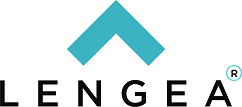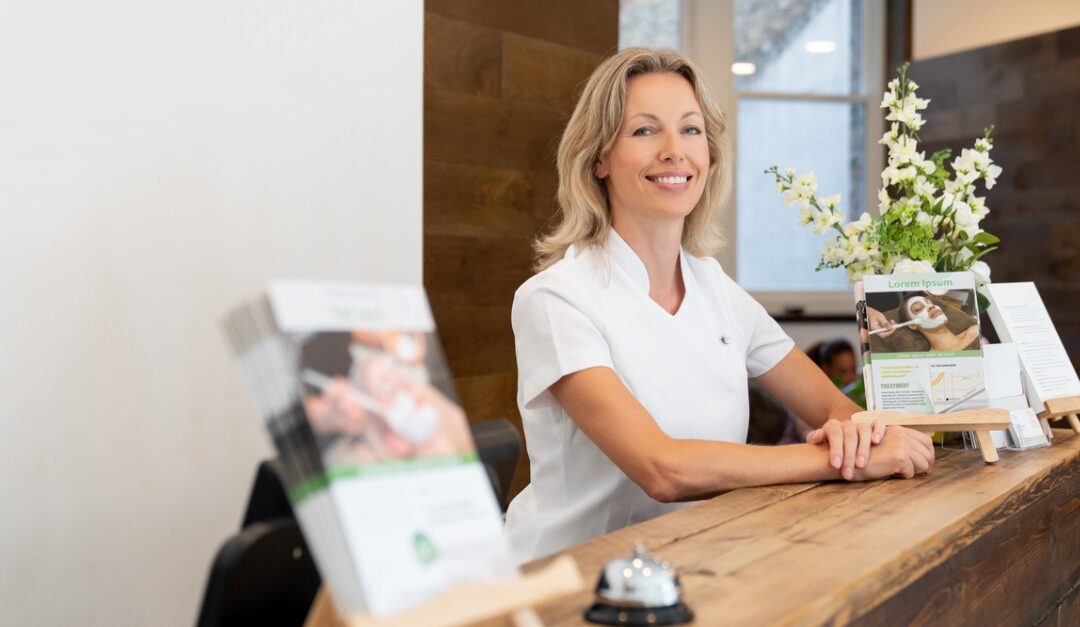What to do if business is slow.
The end of Q3-2023 brought about notable industry shifts for medical spas across the country, with a decline in customer acquisition and growth challenges impacting many practices. Regardless of the size of your practice, it’s crucial to recognize the significance of Q4 and its unique opportunities. Years of retail and e-commerce experience have shown us a lot to learn regarding the Q4 customer mindset for our industry. The holiday” season is critical for your business as you wrap up the traditional fiscal year and can lean into a shopping and spending customer mindset.
We’ve heard from dozens of medical spas that need help to stay busy, with a decline in net new inquiries and experienced providers yielding less than 50% booking rates through their weeks.
If this resonates with you, consider these strategic and practical ways to amplify your Medspa presence in Q4.
Understand the Q4 client mindset.
The holiday season often brings moments and occasions that generate high interest in cosmetic treatments and skincare, including family photos, gatherings, milestone moments, reunions, and more. November and December are also massive spending moments where more consumers have their wallets and pocketbooks open to spend, sometimes without a budget. In e-commerce, demand has shifted to as early as October thanks to pre-Black Friday offers, loyalty early access, and Amazon Prime moments that push demand ahead of the holiday surge. Harness this mindset and empower your clients to take action earlier rather than later to allow ample time for treatment plans and reduced swelling.
Tailor your marketing message to focus on getting ahead of upcoming moments and occasions and to educate on realistic timelines leading up to those key events. Your offers and featured treatments should showcase a path or order of operations focusing on ideal outcomes vs. one-hit wonders.
Lean into your existing clients.
It’s more cost-effective to retain existing clients than it is to acquire new ones. If you have an extensive customer list, encourage offers, opportunities, and access that will drive repeat clients back into your practice. Sending a retention message via email, SMS, or social media is always more cost-effective than advertising to reach a new audience. When you need an effective way to communicate with existing clients outside of organic social media, invest in an email/SMS platform using a tool like Active Campaign or Mail Chimp. With these tools, you can create automated workflows that send reminder emails or upsells to rebook based on treatment plans.
Acquire the right customers digitally.
If your current client list needs to be more extensive to sustain your business, then it’s time to lean into client acquisition. There are dozens of great tactics to do so, and there is no one-size-fits-all approach for all medical spas. But the most common mistake we see is medspas offering enormous discounts on treatments without understanding their profit margin, gross margin, expenses, and operating costs. This special offer mindset often yields low-value customers who won’t pay the price you’ve traditionally set for your service.
If you have a large inquiry pool, you can leverage special offers to act as an audition for first-time offers for those prospects. If you need more awareness and eyeballs, paid media on Meta/Instagram is the best way to gather targeted eyes, showing your unique value propositions, experience, and results with a targeted audience specific to your region and core audience.
Read our article “Understanding the Marketing Funnel for MedSpas” here for an in-depth look at each funnel stage and the channels we prioritize for medical spas in each stage.
Does influencer marketing work?
Influencer content and marketing initiatives have swept through our industry amongst many others with claims that it is the cost-effective way to gain trust, credibility, and localized clients. With that comes a slew of inbound requests from existing or aspirational clients claiming that an Instagram Stories post or Reel could yield hundreds of new clients for your practice.
We’re not anti-influencers, but we look at influencer marketing from a brand and performance marketing mindset. If we can’t track the performance or tie back results to the campaign, we spend cautiously and only on what we consider a “brand” budget. You can track with UTMs on links, a unique offer code, or strong “how’d you hear about us” messages from your team. But without those levers in mind, you may find yourself dishing out thousands of dollars in free treatments without much understanding of what you are getting.
The most important criteria for vetting a localized influencer:
- Brand/Maker fit: Do they talk like you talk? Is there content on their feed that you can watch to see how they talk about other brands and services like yours?
- Audience evaluation: Make sure you know who their audience is. If their engaged followers are 70-year-old men that loathe the wellness industry, it’s safe to say that it won’t be worth the investment. Ask to see their following demographics to get a sense of the details of their audience.
- Content permissions: Some creators will allow you to use their content on ads that your marketing team publishes, which amplifies reach and gives your brand content to leverage. Determine usage timelines and distribution beforehand and leverage a contract with details.
- ROAS: Think about the investment in the influencer from a “Return on Ad Spend” mentality, just like you would a Google Ad or TV spot. If there is no long-tail ROAS, know what you would be willing to spend for the exposure and eyeballs, even if someone is not booking.
Audit your client experience.
If you need help to retain clients repeatedly, the most pressing exercise is evaluating your client experience. Your staff plays a pivotal role in shaping the client experience. Emphasize top-notch client service to create a welcoming and comfortable environment; if your reviews call out a poor experience or a flaw in the process, communicate externally so prospective clients can see that you’re approaching it, not burying the complaint.
Leverage client surveys, dig into your Google reviews, and ask those who have come to your practice for candid feedback. This exercise can feel vulnerable but can unlock visibility into opportunity areas, often focused on your product offering, your staffing, and the results from your treatments.
Expand your product offering carefully.
A business slowdown often indicates that your offering needs to be expanded or adapted. Consider bringing on an alternative treatment or service offering that compliments your current services but is also unique to the market or validated by your clients who may go to another practice for these services. Still, we do not recommend driving up your accounts payable or investing in a six-figure tool to “save your business.” While often pitched as an easy way to make money, this exercise can quickly put your practice in danger financially. If your business is operating profitably, your accountant may encourage you to spend or invest in your business to reduce your tax liabilities. If this is your situation, many product representatives would likely love to demo their products, and Q4 offers ahead of the fiscal end. Own your practice and offering; don’t fall victim to a hearty sales pitch that overpromises and underdelivers, as it can make for a very aggressive start to your Q1 if not executed correctly.
Understand your medspa math.
One of the most common challenges we hear from medspa operators is a need for more understanding of their finances and expenses. Regardless of size, you should consistently monitor key performance indicators (KPIs) to assess the impact of your initiatives on client acquisition and retention. Analyzing data is crucial to understand what is working and what needs adjustment.
We start with the key calculations that impact every medspa:
- Net and Gross Profit Margin
- Operating Profit Margin
- CAC (Cost to Acquire a Client)
- First-Time Profitability (Average Order Value x Gross Margin) – CAC
Once you understand these numbers, you can strategically determine where and how you will invest marketing and advertising dollars and what you can afford to spend based on the LTV (Lifetime Value) of a client for your practice. These numbers can vary by provider, treatment, and timeline, so know that the needle is constantly moving. Because of this variability, we rarely suggest a flat average spend by month and treatment type.
If you ARE investing in Q4 marketing and advertising dollars, expect an increase in overall costs across all marketing platforms due to increased competitiveness, market saturation, and higher demand for advertising space for businesses outside our industry.
If you’re reading this now, you’re not too late to take ownership of your Q4 and prepare for the end-of-year strategy. Regardless of where you are at with your medical spa practice, Angry Bison supports medspas with content strategy, technology audits, website development, paid media marketing, and select creative services to help you grow your business confidently. To learn more, visit https://www.theangrybison.com/aesthetics.


